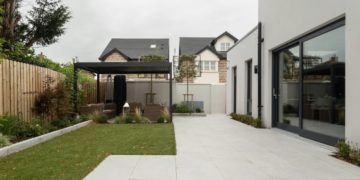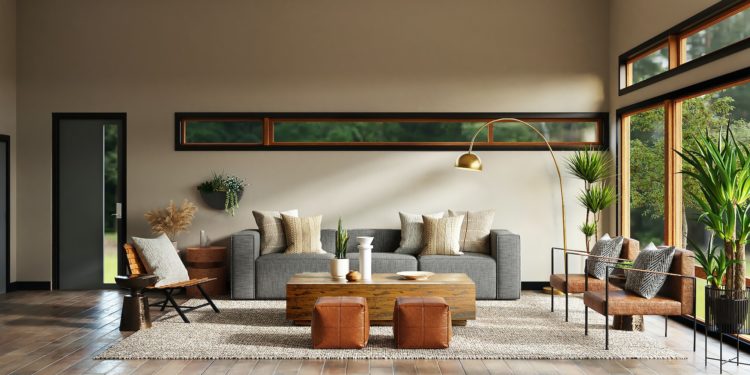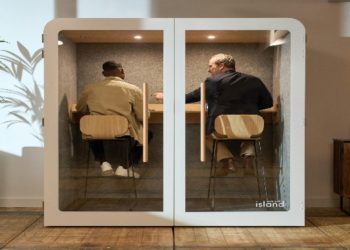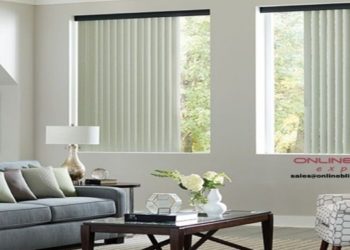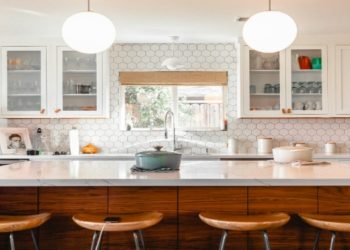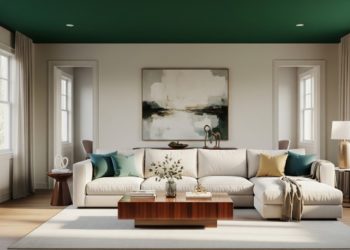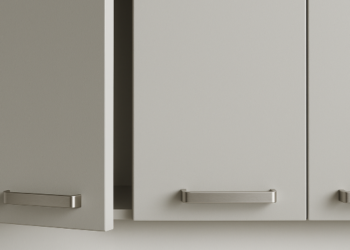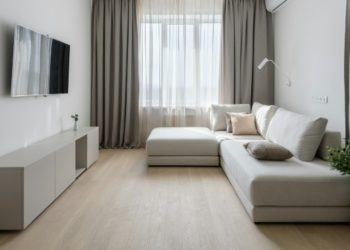Residential interior designing is an art of making a home into a house, where every corner has something to say and extracts the character of its dwellers. It cannot just be choosing furniture and paint colors; it means creating rooms which correspond with each other while evoking feeling as well as comfort too. A designer takes care even for those smallest items, carefully opting for pieces such as lighting fixtures, materials, accessories with an assurance to achieve that desired look.
One characteristic that defines residential interior design is its focus on personalization. Unlike commercial spaces, which are designed to meet the needs of a variety of users, homes offer an opportunity for homeowners to individualize space through design. This implies that while designers working in a residential capacity need to understand the preferences of their clients and work within their desires, they also must have the ability to transform them into not only functional but aesthetically pleasing designs.
Residential interior design is about so much more than just making a home look beautiful. Functionality is the other significant aspect of residential interior design, and this ensures that every room can be used as it should be whilst still looking good. Whether this means including masses of storage or ensuring that flow through spaces works well, there isn’t anything better than for life to go on in the house without inconvenience.
The role of a residential interior designer.
A designer does a lot more than just selecting paint colours and putting furniture in place. A good interior designer can balance form with function while incorporating elements which are both beautiful as well as practical for daily living. He has an eye on details and is able to change the most uninspiring of rooms into something exceptional.
Residential interior design is a partnership. Designers have to learn both the likes and dislikes of the homeowner as well as how they live in their space. This will allow him to create something that represents them properly while providing functionality, too. An interior designer has his hands full on all aspects from creating ideas, acquiring materials and managing teams of construction workers who actually bring those ideas to life within a home.
Elements of residential interior design.
Elements of interior design are key in the provision of a good ambience and sense of functionality in the area. Color is an element that provides feelings and has got the ability to set up the entire tone of a room. Applying it properly, for instance, may make dull spaces look lively and inviting.
Another essential element is furniture arrangement. How furniture is arranged to affect how functional a space can be. Factors such as circulation flow, focal points, proportionality, lighting among other constraints must all be put into mind by designers when planning on where each piece of furniture should be placed. A proper organization maximizes comfortability of use while retaining balance in aesthetics.
Aside from color and furniture arrangement, proper lighting of the interiors is also necessary for residential interior design. Lighting does not only serve functional purposes but may provide ambiance in a space as well. Integrating different light sources such as natural light, ambient lighting, and task lighting in order to create layering effects that will render functions and ambiance is essential.
Combining these elements – color, furniture arrangement, and lighting – enables residential interior designers to make spaces aesthetically pleasing at the same time fully attuned to the needs and tastes of dwellers.
Residential interior design styles and trends.
One of the preferred styles for interior design is modern minimalism. As its name implies, it emphasizes clean lines and open spaces with a monochrome color scheme inside the house. It brings simplicity and serenity to an abode. Recently, there has also been a tendency to bring nature indoors in modern minimalism designs by incorporating wooden elements or indoor plants.
Another trending style is bohemian chic. This design aesthetic that is free-spirited and unorthodox uses vibrant color palettes, patterns, and textures to create an eccentric and playful living space. Incorporation of vintage furniture or handcrafted art brings in some amount of personality into this home decor trend. The use of the bohemian chic trend also calls for inclusion of different cultures and time frames in a bid to make your own unique statement out of the decoration of the house.
Styles of interior design are always changing and new trends emerge every year. Whether you dig the ease and simplicity in modern minimalism, or the unapologetic charm of bohemian chic – finding a style that matches your own personal taste is important to make sure you feel comfortable and at home in your space. So take the time to explore different residential interior design styles, play around with color and texture, until your living space truly embodies you.
Benefits of hiring a residential interior designer.
Engaging a designer brings along an array of benefits to your home. One of the most notable advantages is their ability to create functional and beautiful spaces. A professional interior designer knows how to utilize every inch of your living space, making it functionally effective and as spacious as possible. They are good at pinpointing design elements such as color themes, texture specifics, or patterns, lighting arrangements that can turn boring rooms into cozy spaces.
Hiring an interior designer can also be a time and money saver. Knowing the market, they help you source for premium quality materials and furnishings at friendly prices. Instead of shopping from one store to another or being online for hours trying to pick out products, an interior designer will limit your options while factoring in your budget as well as style preference so that you make decisions quickly. Interior designers also have working relationships with suppliers and contractors which usually trickle down to the homeowner in terms of discounts as well as offers only available through them.
Last but not least, hiring an interior designer can save you a lot of stress. Decisions upon decisions may be difficult when keeping the whole picture in mind at every step. An interior designer takes away that apprehension because they choose for you based on the understanding of your taste and preferences so far. They handle the nitty-gritty from start to finish, one decision less for you to worry about during any design project.
The importance of residential interior design.
All these are very critical factors when it comes to residential interior design in adding up to the satisfaction and comfort of homeowners. It is not an aesthetic luxury; it helps create an environment that makes living much easier for people’s lifestyle and needs. Interior designers know how to make every square inch of a home maximized in space and beautiful at the same time.
Furthermore, residential interior design positively impacts our wellbeing and mental health. A well-designed home can create a sense of harmony and tranquility, promoting relaxation and reducing stress levels. The right color palette, lighting schemes, furniture arrangement, and overall ambiance contribute to creating a serene environment that allows us to unwind after a long day.
Residential interior design helps us improve not only our physical and mental health but also the value of our properties. A well-presented, functioning home has far more chance of returning its investment at sale than one full of hodge-podge décor. Homeowners who take advantage of professional residential interior design services will attract a larger number of buyers willing to pay for quality craftsmanship and attention to detail.
In summary, residential interior design is one of the most important elements in order to make a home truly homey. From improving functionality up to creating wellness and even value appreciation – its importance knows no bounds. Thus, whether you’re just about to erect your dream property or thinking about something new for your abode since many decades ago, working with an expert interior designer could be that game-changer element in creating your perfect living space.










































